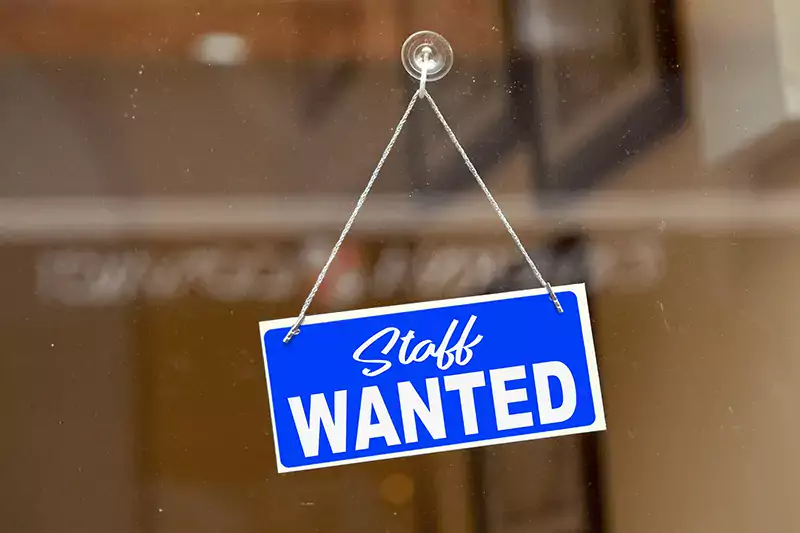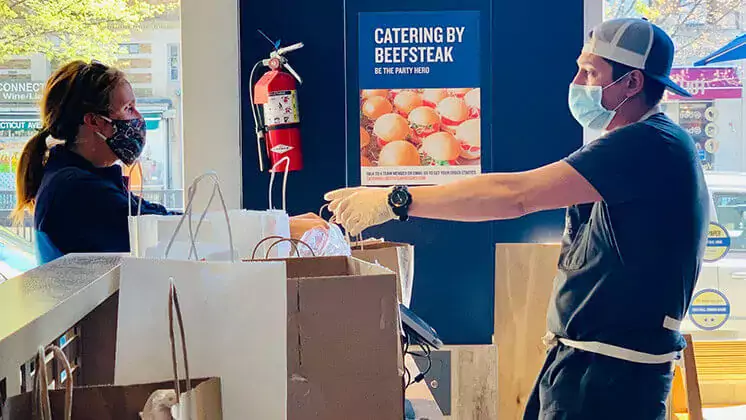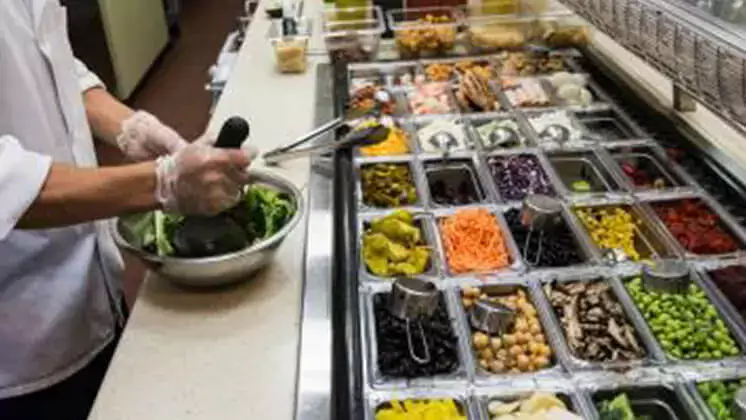The spread of foodborne illness is a constant threat in the restaurant industry, and most operators make at least some effort to mitigate it with food safety procedures. But in the age of COVID-19, restaurants now regularly change and update their safety processes with new sanitization steps and other requirements, and add more rigor to completing this safety work consistently across every location.
When an employee is sick with an illness that can be transmitted to prepared food or in a closed environment, like a kitchen, keeping them on the schedule is a huge hazard to employees and customers. While many restaurants have shifted to take-out and outdoor seating options for customer safety, workers are still preparing and serving food indoors. As a result, reduced occupancy has decreased workers’ stability as they balance staying well and providing food for customers.

Food safety expert Dr. Hal King joined Zenput’s 2020 Restaurant Agility Summit to discuss how documentation and safety protocols can protect employees and customers from an outbreak. “A big pressure on this industry right now is staffing employees that are well and can work,” says Dr. Hal King, Co-Founder and Managing Partner of Active Food Safety, LLC. “Having the processes to ensure that an employee doesn’t contaminate food or cause illness to spread to other employees is crucial to building consumer trust.”
But while the restaurant industry faces so many other unique and substantial challenges right now, ensuring food safety and public health in restaurants is easier said than done. Here are the four actionable steps that restaurant operators can take to protect their customers, employees, and their business when it comes to safety in their establishments.
1. Document symptoms and sickness
Documenting illnesses in employees is the first step to preventing further spread. Screening employees before, during, and/or after shifts and logging sickness or symptoms not only can safeguard employee and customer health but can also protect the restaurant and brand against reputational damage.
Many organizations still use paper checklists and scheduling to manage employee time. Dr. King explains that managers can see a schedule on a clipboard and cross out names of employees if they aren’t scheduled, but this isn’t a substitute for a sick log. Zenput helps restaurants gain real-time visibility into which locations have employees showing symptoms, via automated sick logs and other forms that automatically send alerts to operations leaders.
2. Enforce your safety policies
Once documentation is in place, it must be used to enforce CDC guidelines, so employees who should not be on the schedule don’t end up at work before it’s safe to do so. Without this additional control, employees and customers could be put needlessly at risk.
“You've gone through all the trouble to screen the employees, you've gone through all the trouble to leave out certain employees that should not be at work, but then they come right back to work,” Dr. King says. “So the control was lost.”
3. Exclude from the schedule
In addition to ensuring that ill employees are kept off of the schedule, it’s important to also capture why they are being excluded in order to meet proper protocols. As health and safety guidelines continue to rapidly evolve, this information is vital to maintaining compliance and preventing foodborne illness from emerging when it can be easily eliminated. The difference could be a mere matter of days, for example, some symptoms may require 14 days of employee exclusion, while others may call for 10. Restaurants must ensure that symptomatic employees are excluded from the schedule for the correct amount of time.
“One of the most important parts. . .is that once an employee is excluded. . .that manager actually captures their name and basically writes down why they were excluded from work. That's important for legal liability, as well. Then, make sure that they have a process in place to avoid that employee being put back on the schedule.”
4. Return safely
When the steps above are followed, employees can return to work safely, putting themselves and those around them at ease. Keeping and following a sick log ensures that employees have time to rest and recover. Customers and coworkers can feel confident that they aren’t in danger of falling ill because someone was contagious in the restaurant.
“I like to use a sick log because it's a separate piece of paper or a document that basically says, ‘This employee, i.e. Hal King, was excluded on Monday. He had these signs and symptoms. He can return to work in 14 days. And before he's allowed to return to work, we need this information."

Even before the pandemic, restaurants were familiar with contending other illnesses, such as norovirus and flu, in their eateries. “In the future, if someone comes and says, ‘I think I got COVID-19 working in this restaurant, or I think I got COVID-19 or even norovirus eating in this restaurant,’ having that documentation to show that you had the processes in place to properly follow the screening, the exclusion, and the return to work, especially now with COVID-19, and respiratory diseases are really critical,” says Dr. King.” Because of the thousands of interactions that customers and food service workers have every day, restaurant operators must always stay mindful of the devastating business impact that an outbreak causes.
Watch and listen below to see Dr. King’s full explanation of how documentation and safety protocols can protect employees and customers from an outbreak and build trust amongst customers:
Learn more about how Zenput helps keep consumers and employees safe every time they come through the door by digitally tracking and automating safety protocols.
Subscribe to our blog
You are now subscribed!


